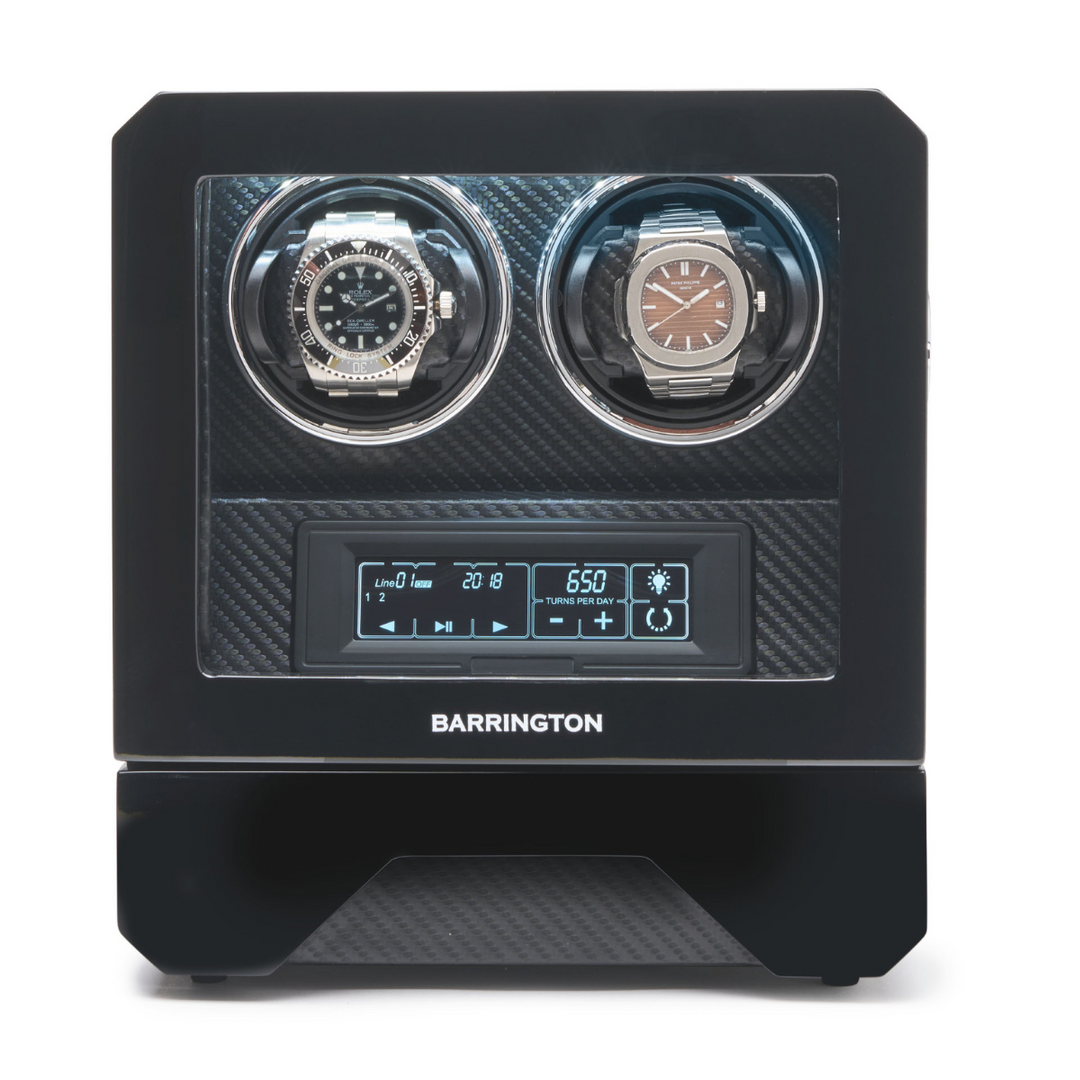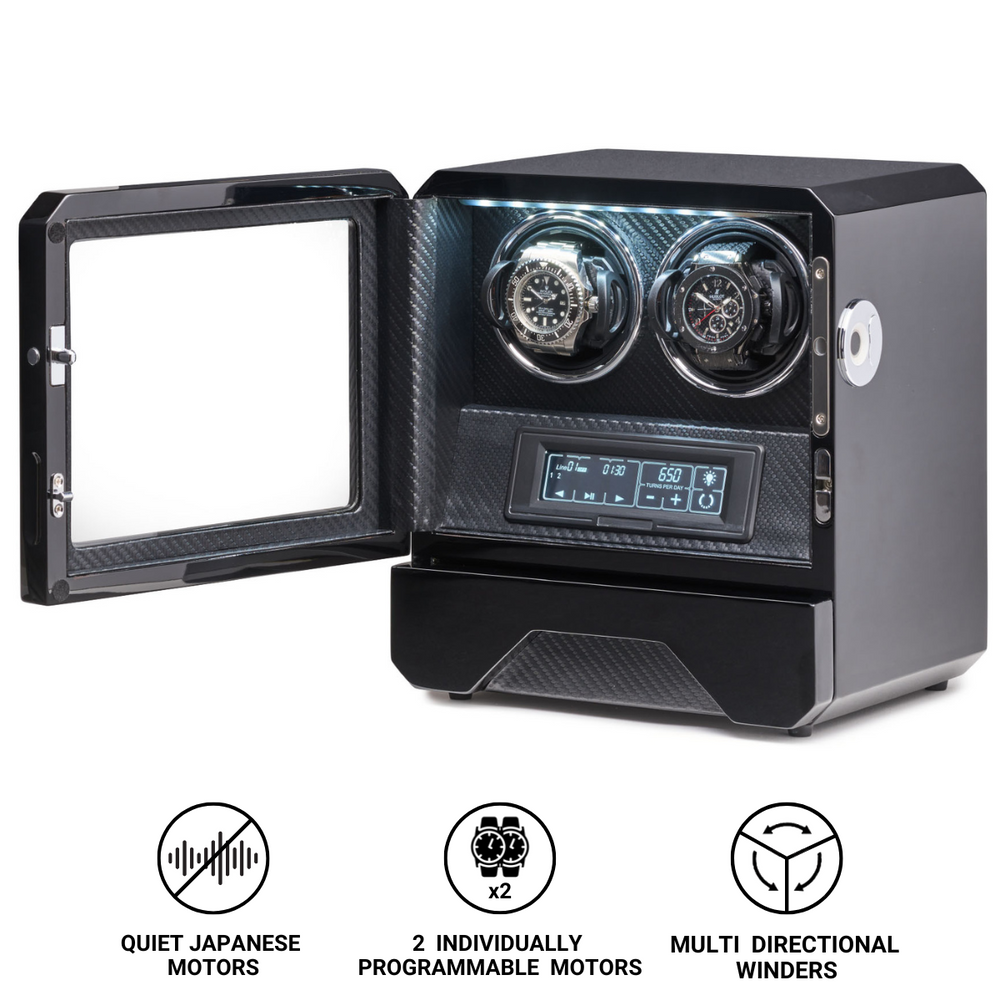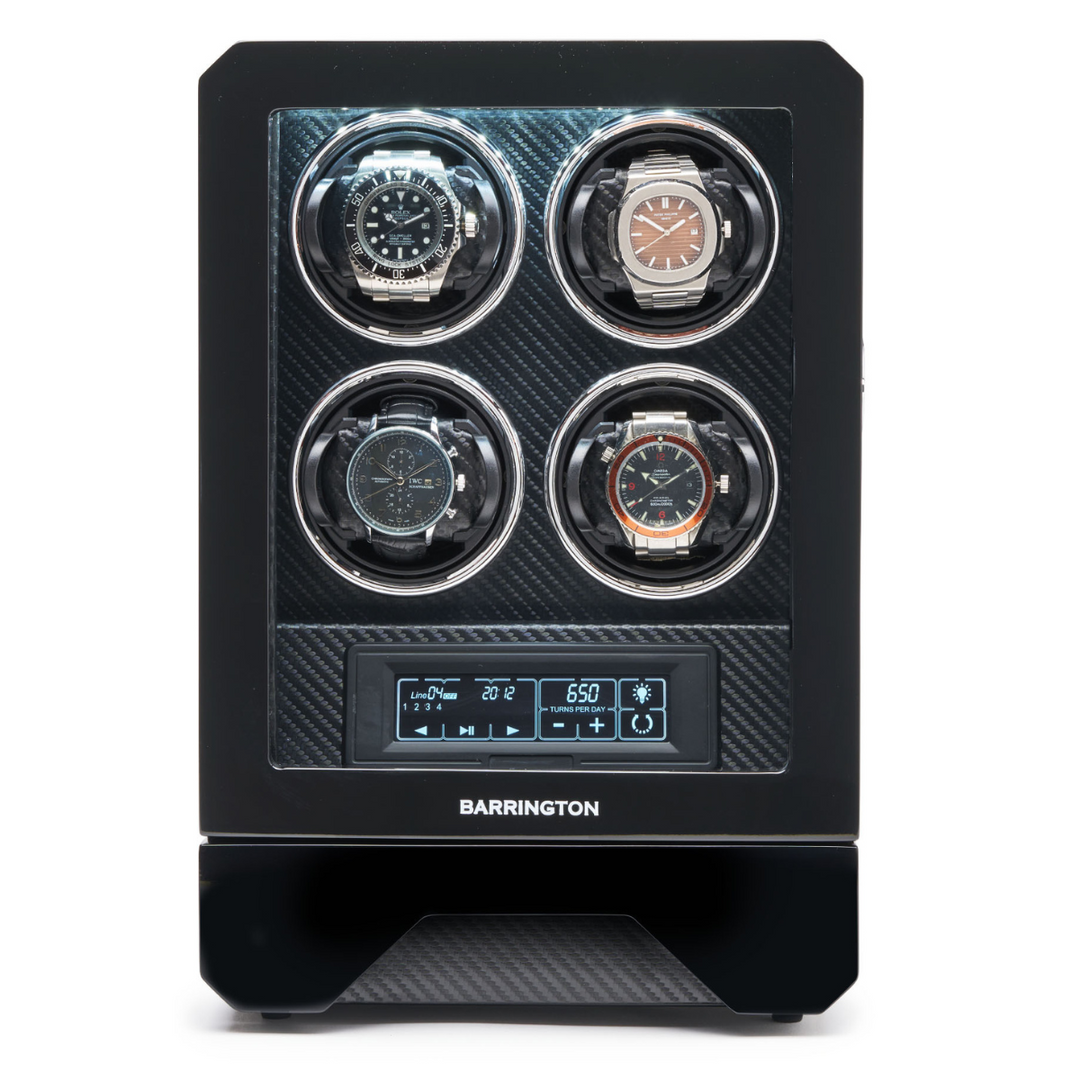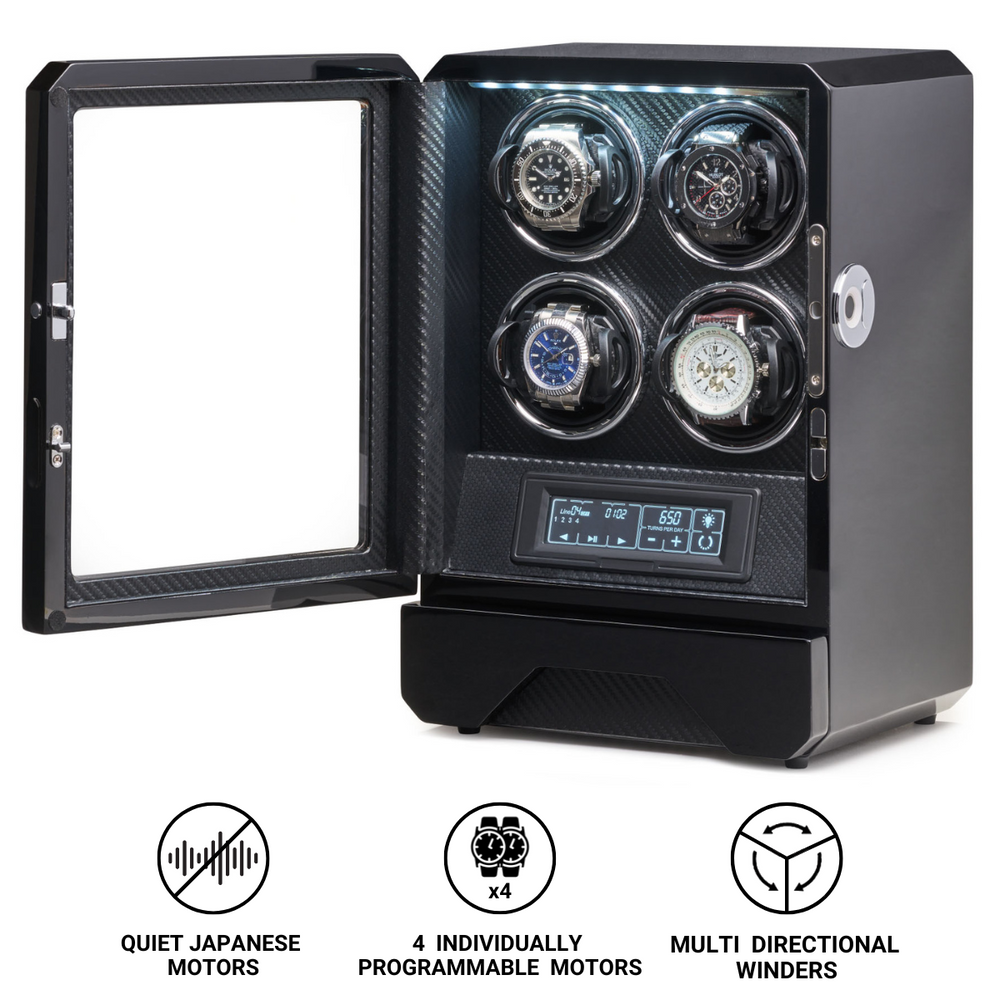Geneva Watch Days 2025: New Releases, Trends and Surprises
The sixth edition of Geneva Watch Days took place from 4 to 7 September. Conceived during the pandemic in 2020, the decentralised format allowed brands to present their collections in boutiques and hotels across the city rather than in a single exhibition hall. What began as a necessity has proven highly successful, creating an atmosphere that remains both accessible and relaxed.
This year 66 brands participated, up from 52 in 2024 and just 8 at the inaugural edition. The line-up included major manufactures such as Bulgari, Breitling, Girard-Perregaux, De Bethune, TAG Heuer, Ulysse Nardin, Urwerk and Zenith, alongside numerous independent ateliers. The mix of established maisons and smaller creative voices has become one of the hallmarks of the fair.

Geneva Watch Days in the Global Calendar
Since its creation, Geneva Watch Days has positioned itself as a complement rather than a rival to Watches & Wonders, the industry’s largest exhibition held in spring. Watches & Wonders is centred on commercial launches and large-scale presentations, whereas Geneva Watch Days emphasises openness and flexibility. With no centralised exhibition hall, the fair encourages collectors, journalists and retailers to engage directly with brands in a more personal setting.
The event is officially supported by the State and City of Geneva as well as the Fondation de la Haute Horlogerie, underlining its growing institutional recognition. Over the years, the number of participating brands has expanded steadily, and the fair now attracts visitors from all continents, establishing itself as a late-summer highlight in the horological calendar.
Bulgari: Minimalism and Collaboration
Bulgari once again placed its Octo Finissimo at the centre of attention with an extensive exhibition at the Ritz Carlton. Visitors could view a retrospective of the brand’s ten world records in ultra-thin watchmaking as well as unique pieces loaned by collectors.
Among the highlights were two striking novelties. The Octo Finissimo Marble Tourbillon features a dial cut from blue Italian marble, while the Octo Finissimo Lee Ufan x Bulgari is a collaboration with the Japan-based artist Lee Ufan. Its engraved titanium case measures only 5.5 mm thick, and the partially darkened mirrored dial produces shifting patterns of light and shade.
Experimental Materials and Finishes
Ulysse Nardin introduced a Freak X with a dial made of Crystalium, a synthetic crystal based on ruthenium, a metal ten times rarer than platinum. MB&F celebrated its twentieth anniversary with a refreshed LM101 EVO, featuring a dial created with CVD vapour deposition technology, producing shifting green, blue and violet tones.
Independent British brand Dennison unveiled the ALD Dual Time, with its cushion-shaped dial split between two stones, such as tiger’s eye and black marble, to indicate dual time zones.
Bold Colours
Colour was a defining theme of the 2025 edition. Zenith presented four versions of the DEFY Chronograph USM, created with Swiss furniture maker USM Modular Furniture. The watches, each in green, yellow, blue or orange, were delivered in presentation boxes modelled on USM’s Haller storage system.
Other brands embraced vivid palettes. Speake-Marin coloured its Openworked Tourbillon in purple, De Bethune launched a violet DB25xs Starry Varius, and Ming introduced the 57.04 Iris with dial coatings evoking the shades of the iris flower. MB&F’s more playful M.A.D. Editions collaborated with British artist Yinka Ilori, who applied multicoloured motifs directly to the watches’ components.
Geometry and Form
Beyond colours and materials, geometric experimentation was another strong trend. Gerald Charles built on Gérald Genta’s legacy with the Masterlink Gem-Set, an octagonal design adorned with sapphires or emeralds. Beda’a introduced the Angles Mecaline with a highly sculpted octagonal case, now powered for the first time by a hand-wound mechanical movement based on the ETA 7001.
Engineering Innovations
TAG Heuer revealed a decade-long research project with the launch of its TH-Carbonspring balance spring, made from carbon fibre. Resistant to temperature fluctuations, shocks and magnetic fields, the new component was fitted to two calibres: the TH20-60 automatic with flyback chronograph, powering the Monaco Flyback Chronograph TH-Carbonspring, and the TH20-61 with tourbillon, used in the Carrera Chronograph Tourbillon Extreme Sport.
Debutant Renaud Tixier presented the Monday Organica, featuring a redesigned micro-rotor concept developed by Dominique Renaud, co-founder of Renaud et Papi. The innovation significantly improves the efficiency of winding from even the smallest wrist movements, addressing a long-standing limitation of micro-rotor mechanisms.
Whimsy and Storytelling
Konstantin Chaykin expanded his Wristmons series with the Panda Titanium, building on a unique piece previously sold at Phillips. It now joins the Tiger, with plans for Wolf, Monkey and Falcon models to follow. Urwerk unveiled the UR-150 Blue Scorpion with a complex satellite time display combining three rotating discs and a retrograde hand that jumps 240 degrees.
Czapek paid tribute to the playwright Karel Čapek with the Antarctique Rattrapante R.U.R., referencing the 1921 work that introduced the word “robot”. The split-seconds chronograph features a robotic figure on the dial whose eyes change colour when the chronograph is activated.
Finally, an unusual collaboration emerged between Behrens and Vianney Halter. Their Master Collection KWH took inspiration from a vintage electricity meter in Halter’s workshop. Minutes are displayed on two rotating rollers, while the hours are indicated by a serpentine hand reminiscent of a classic arcade game.
Broader Trends
Geneva Watch Days 2025 illustrated several broader currents in contemporary watchmaking. Aesthetic experimentation is becoming central, with colours, stones and unconventional finishes playing a larger role in product identity. Geometric designs continue the break from traditional round cases, echoing earlier moments in design history. At the same time, genuine technical progress remains visible, particularly in regulating components and winding systems.
The fair also confirmed its importance as a stage for independent watchmakers. Freed from the constraints of a centralised fairground, many independents find Geneva Watch Days the most natural platform to showcase their work alongside larger maisons.
Conclusion
The 2025 edition of Geneva Watch Days confirmed its role as the most open and informal of the major horological gatherings. From Bulgari’s artistic collaborations to TAG Heuer’s engineering breakthroughs, from colourful experiments to whimsical storytelling, the fair demonstrated the diversity and vitality of contemporary watchmaking. The event also underlined how innovation today extends beyond mechanics into aesthetics, materials and narrative, ensuring that the language of timekeeping remains both relevant and surprising.














